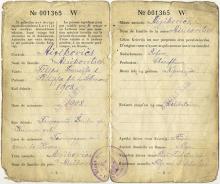Read More...
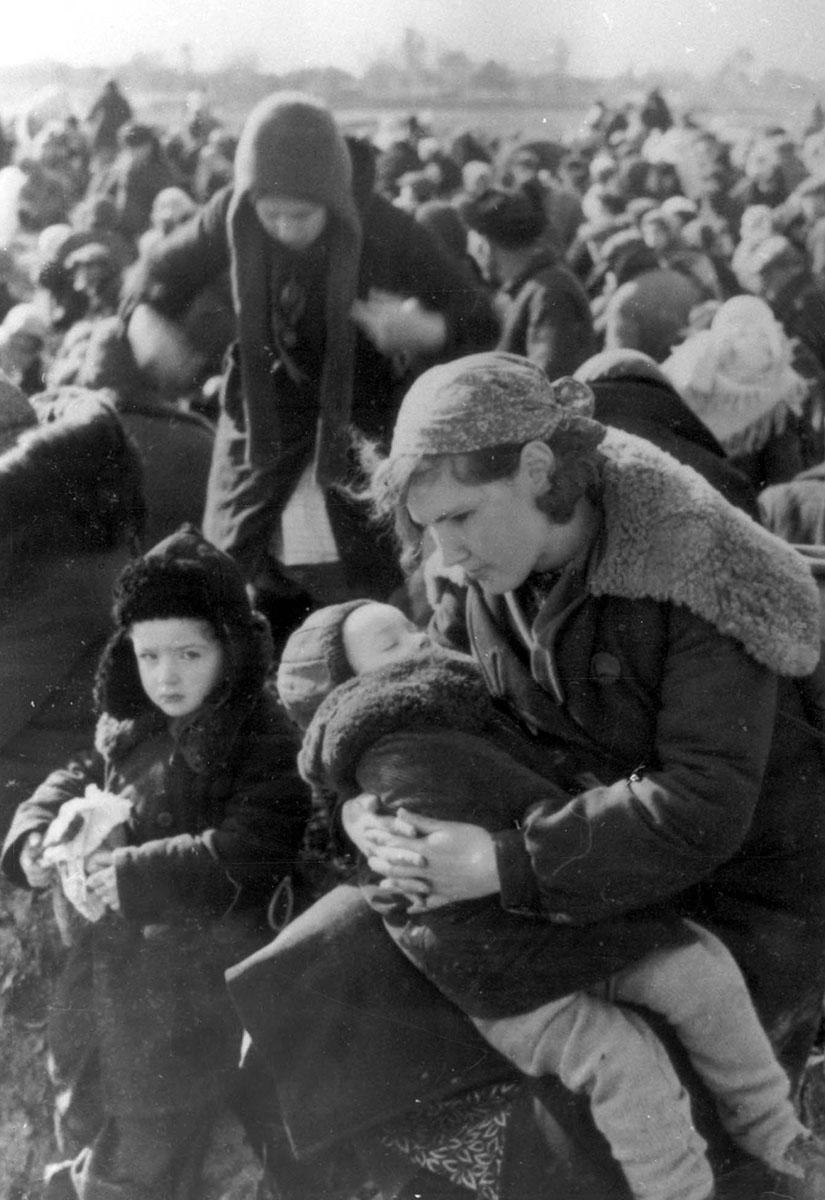
Yad Vashem Photo Archives 5705/48

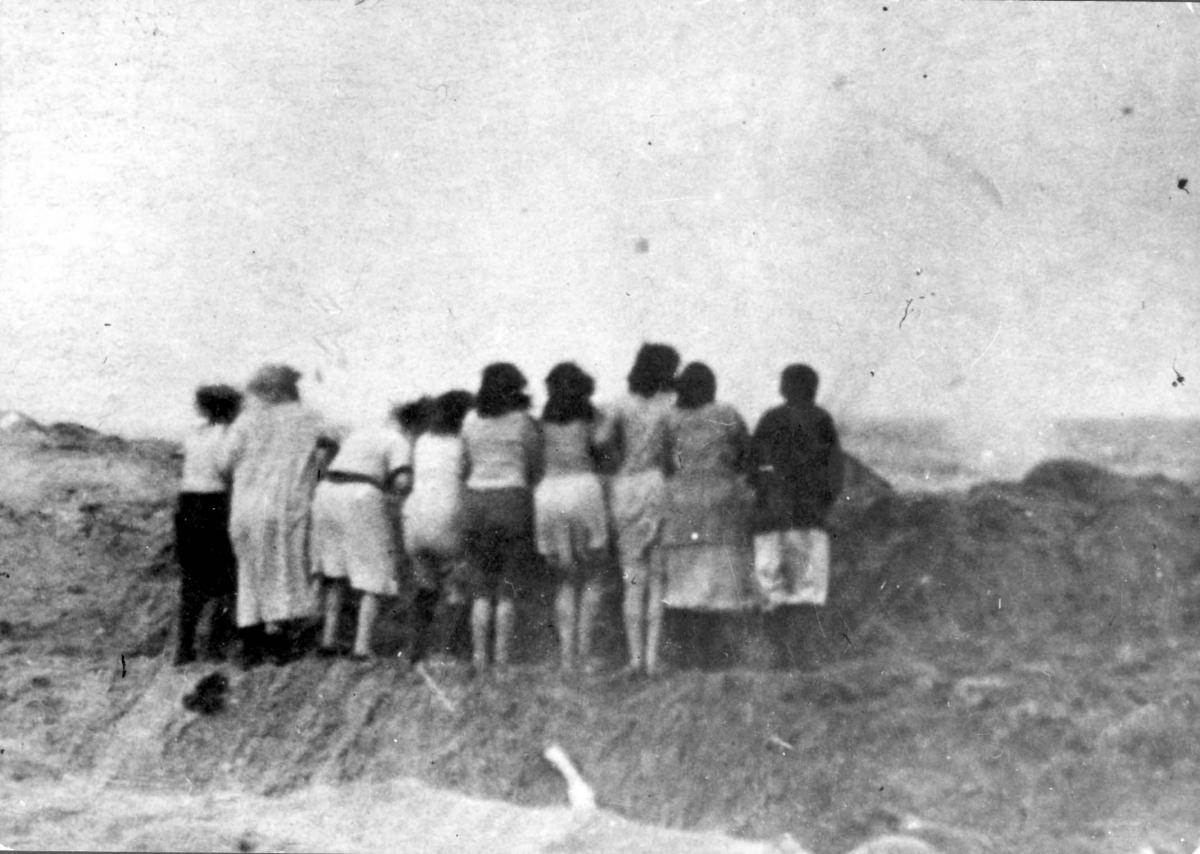
Yad Vashem Photo Archives 85DO3

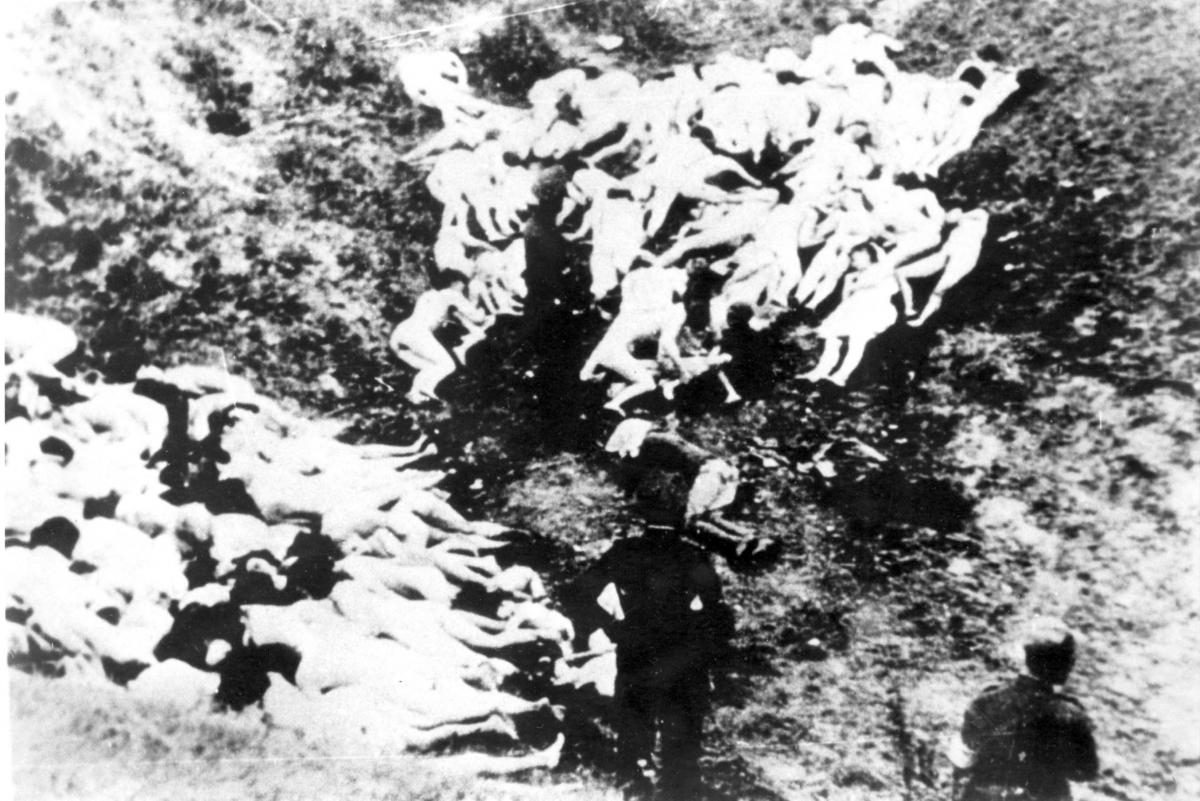
Yad Vashem Photo Archives 2725/11

Yad Vashem Photo Archives 48AO4
Yad Vashem Photo Archives 2725/11
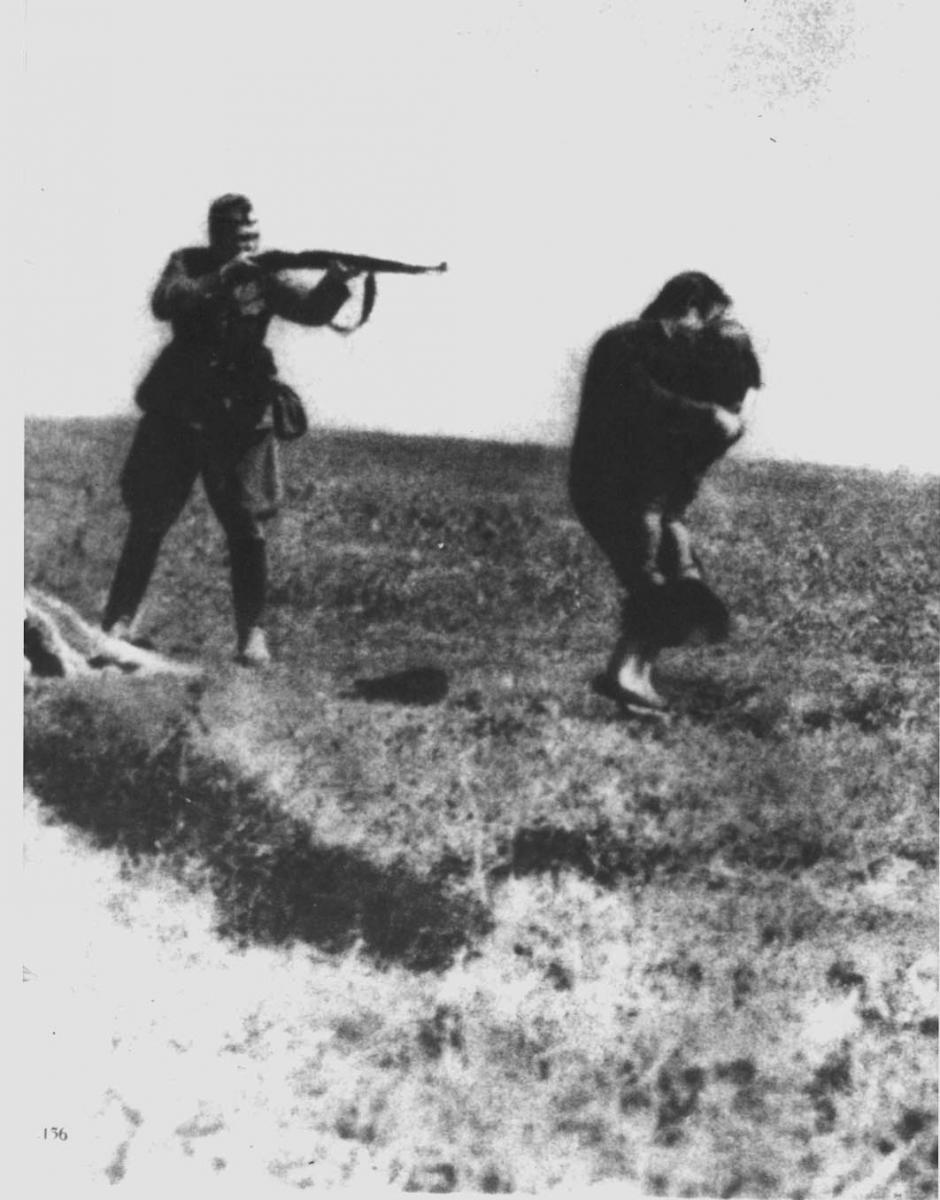
Yad Vashem Photo Archives 1878


Before being murdered, she was forced to undress. A Ukrainian policeman who was present took the scarf and later gave it to an acquaintance of the Stoliar family who recognized it. When Etel’s daughter, Maria, returned to her home after the liberation, she was given the scarf.
Yad Vashem Artifacts Collection
Donated by Lev Azbolinsky, Israel


Yad Vashem Artifacts Collection.
Gift of Nechama & Matityahu Zukerman, Tel Aviv, Israel


Gouache on paper, 1964-6946.7x55.5 cm
Collection of the Yad Vashem Art Museum, Jerusalem


Collection of the Yad Vashem Art Museum, Jerusalem

The turning point in the Nazis’ plan to “solve the Jewish problem” began with Operation Barbarossa, the massive military invasion of the Soviet Union on June 22, 1941, intended to wind up the war by the winter. The invasion had been planned for a long time, and in anticipation, the Germans prepared units of Ukrainian, Lithuanian, Latvian and Belorussion nationalist and oppositionist collaborators.
Hitler considered the invasion of the USSR as part of his plan to provide the German nation with “living space” (Lebensraum) and an opportunity to destroy Communism, which he loathed. For this reason he instructed his military commanders to subject Kommisars (political officers who accompanied the Red Army) and intellectuals to cruel and harsh treatment. Under his inspiration, the “Kommisars Order” set out the rules for treatment of these officials and for Jews in the Soviet territories.
In the first weeks of the invasion Jewish women and children were shot by happenstance, but by the middle of August the scope of the murders had been widened to include all Jews. This policy crystallized as a result of Hitler’s visit to the front and his conclusion that the territorial solution to the Jewish problem was by then impractical, a conclusion that paved the way for the systematic mass murder of the Jews. Jewish women and children were defined as “worthless consumers” who could not contribute to the workforce.
Four special operations divisions (Einsatzgruppen) – A, B, C, and D – operated behind the corps that took part in the campaign against the USSR. The units were made up of SS, police and auxiliaries mobilized from the local population.
Hundreds of thousands of Jews managed to flee into the depths of the Soviet Union, but millions of Jews remained under Nazi occupation and approximately 1.5 million of them were the victims of mass murder carried out by the Einsatzgruppen units. In less than half a year, by the end of 1941, about half a million Jews had been murdered within the areas of the Soviet Union conquered by the Nazis.
The murders generally took place in forests, valleys and abandoned buildings close to the homes of the victims. The Jews were forced to undress and hand over their valuables a short distance from the mass graves. They were taken in groups to the pits and shot. Many were buried alive.
In September 1941, members of Einsatzgruppe C murdered 33,771 Jews from Kiev over two days in Babi Yar. Babi Yar also became a site for the mass murder of Sinti and Roma (gypsies) and Soviet prisoners of war. Ponar, a forest located 6.2 miles south of Vilna, became a killing ground for tens of thousands of Jews. From July 1941 to July 1944, more than 70,000 people, the vast majority Jews, were murdered in Ponar.
From November 1941, Jews and other victims of the Nazi regime (Soviet POWs, partisans, hostages and others) were murdered in the Blagovshchina forest, close to the village of Maly Trostinets, southeast of Minsk. The first to die were some 100,000 Jews from the Minsk ghetto, and starting in May 1942, Jews were brought from Germany, Bohemia and Moravia, Poland and the Low Countries and murdered there. Some were murdered in gas vans, and the rest were shot. All the victims were buried in pits that had been dug in advance. According to different estimates, between 206,500 and half a million people were murdered in the Trostinets area.
Towards the end of 1941 the Germans realized that they would not defeat the Soviet Union in a lightning war as they had originally planned. The German army would require a workforce that would help in paving roads, clearing minefields, producing ordinance and equipment. The decision was thus made to temporarily leave Jewish prisoners alive in camps and ghettos in order to employ them for the German war effort. The extermination was renewed in its full intensity in the spring of 1942. By the winter of 1943 most of the Jews of Belorussia and almost half of the 2.5 million Jews of Ukraine had already been murdered.

















